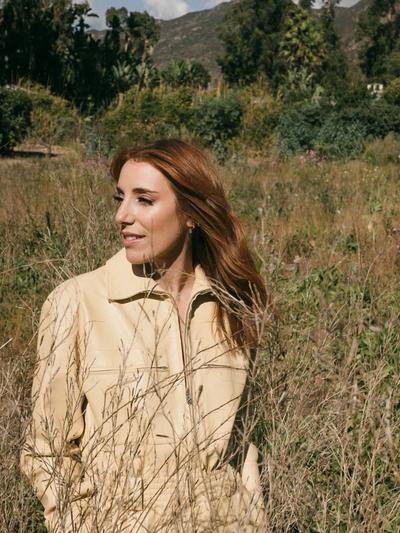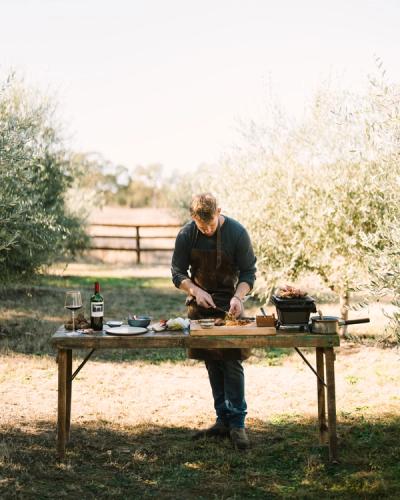The Birth of a Young Vine

Few people know the vines behind The Mascot as intimately as Mary Maher. As a longtime director of vineyard development who�’s worked with the Harlan family for over two decades, Mary has stewarded countless plantings through their earliest, most vulnerable stages. Her approach blends intuition with agronomy and observation with care. It’s a relationship built over time, rooted in the soil.
In this conversation, Mary offers a glimpse into the life of a young vine. She shares how these vines develop character, what they can teach us about patience and adaptability, and why their youthful fruit is worth celebrating. Her reflections reveal that tending a vineyard is a profoundly human practice shaped by wisdom and a lifelong respect for the land.
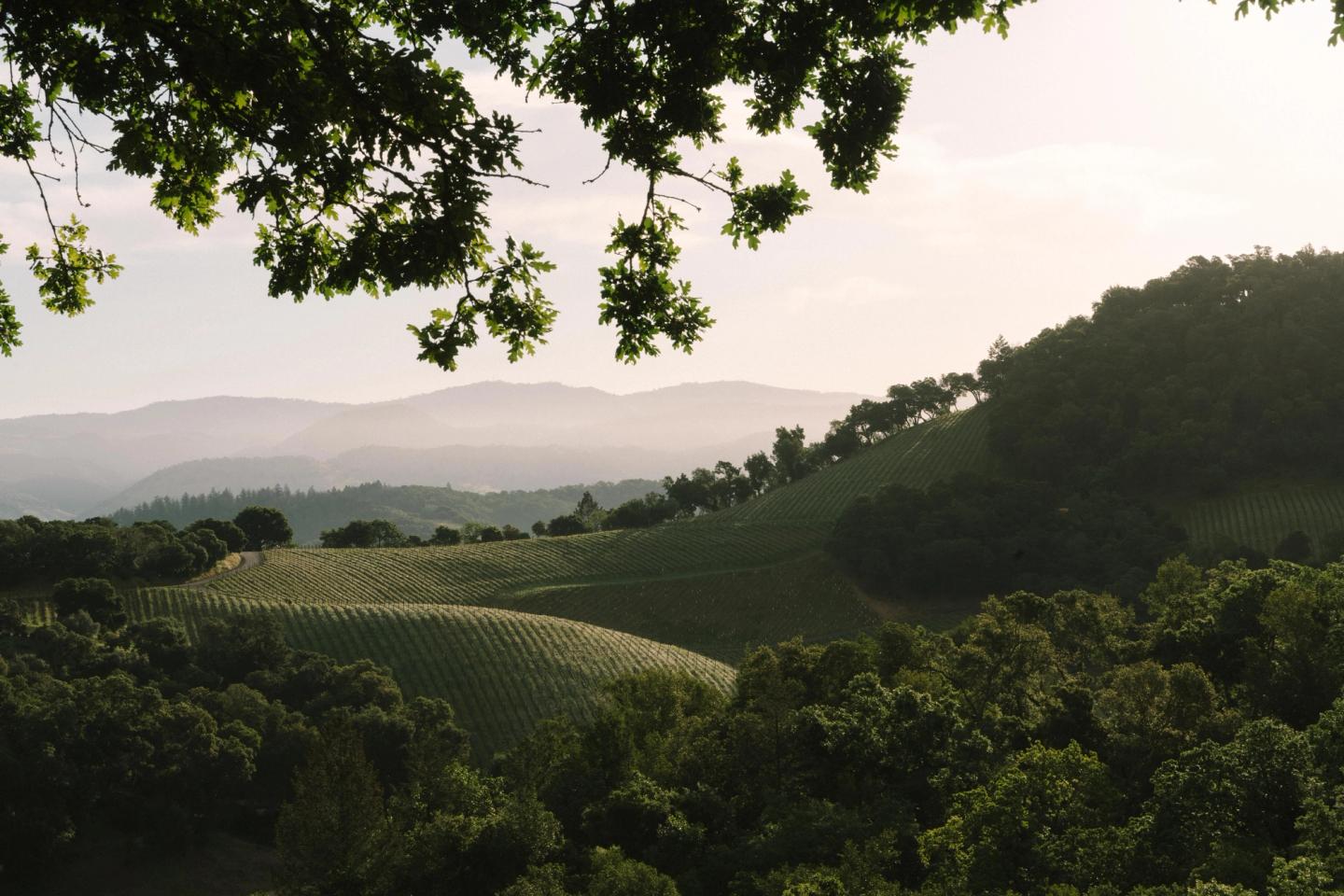
"Vines, like people, learn from their environment. We do everything we can to provide young vines with the best conditions for growth and development by being attentive, supportive, and responsive." —Mary Maher
Before we dive in, can you share more about what is a young vine?
Mary: A young vine is typically one that’s around ten years old. These early years are foundational, when the vine is still establishing its root system, learning its environment, and building the strength and character it needs to eventually produce expressive, balanced fruit.
How many years does the vine have to grow to be used for The Mascot? And for the parent properties?
Mary: Vines usually need between 7 and 15 years before they’re considered mature enough for the parent properties. For The Mascot, we focus on fruit from younger vines, those still in their early years of production. The fruit is vibrant, expressive, and full of youthful energy. It has a distinct voice that’s worth listening to on its own.

What does it mean to instill wisdom in young vines, and how does this process mirror human growth and learning?
Mary: Vines, like people, learn from their environment. We try to give them the best possible conditions, structure, support, and attentiveness, so they can thrive. But at the end of the day, they have to chart their path. Over time, they adapt and develop a kind of memory, both physical and energetic, that shapes who they become.
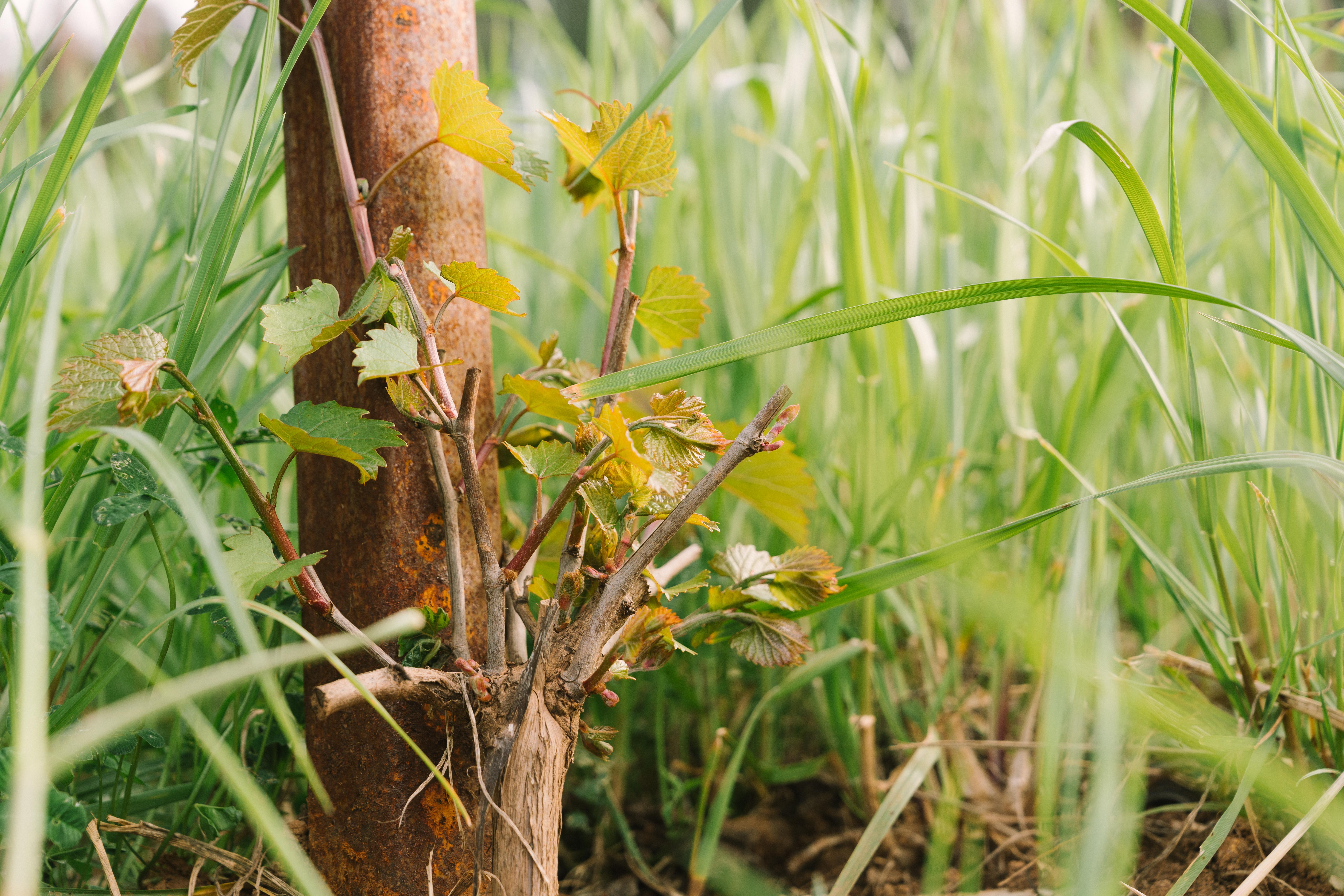
Can you expand on the idea of a vine as a person, accumulating wisdom that translates into wine?
Mary: Plants are more complex than we often give them credit for. Vines communicate, respond, and express themselves. When you treat them as living beings, with their reactions to place, time, and conditions, you begin to see wine not just as a product, but as a story. Each bottle reflects the vine’s life: how it adapted, what it overcame, and where it put down roots.
How do young vines establish their roots, and why is this initial grounding so critical for their future resilience?
Mary: After planting, vines rely on stored energy to push their roots into the soil, before they even have leaves to photosynthesize. Once those leaves emerge, they generate energy and strengthen the root system. It’s a vulnerable but vital stage. The deeper and more stable the roots, the more resilient the vine becomes when facing drought, heat, or other pressures.
What role does observation play in nurturing young vines, and what can we learn by simply watching them grow?
Mary: Observation is everything. It tells us when to act, when to step back, and when to wait. Each vine reflects its environment, and if you pay close attention, it will show you what it needs. Over time, the relationship becomes reciprocal. The vine becomes the teacher, and we become the students.

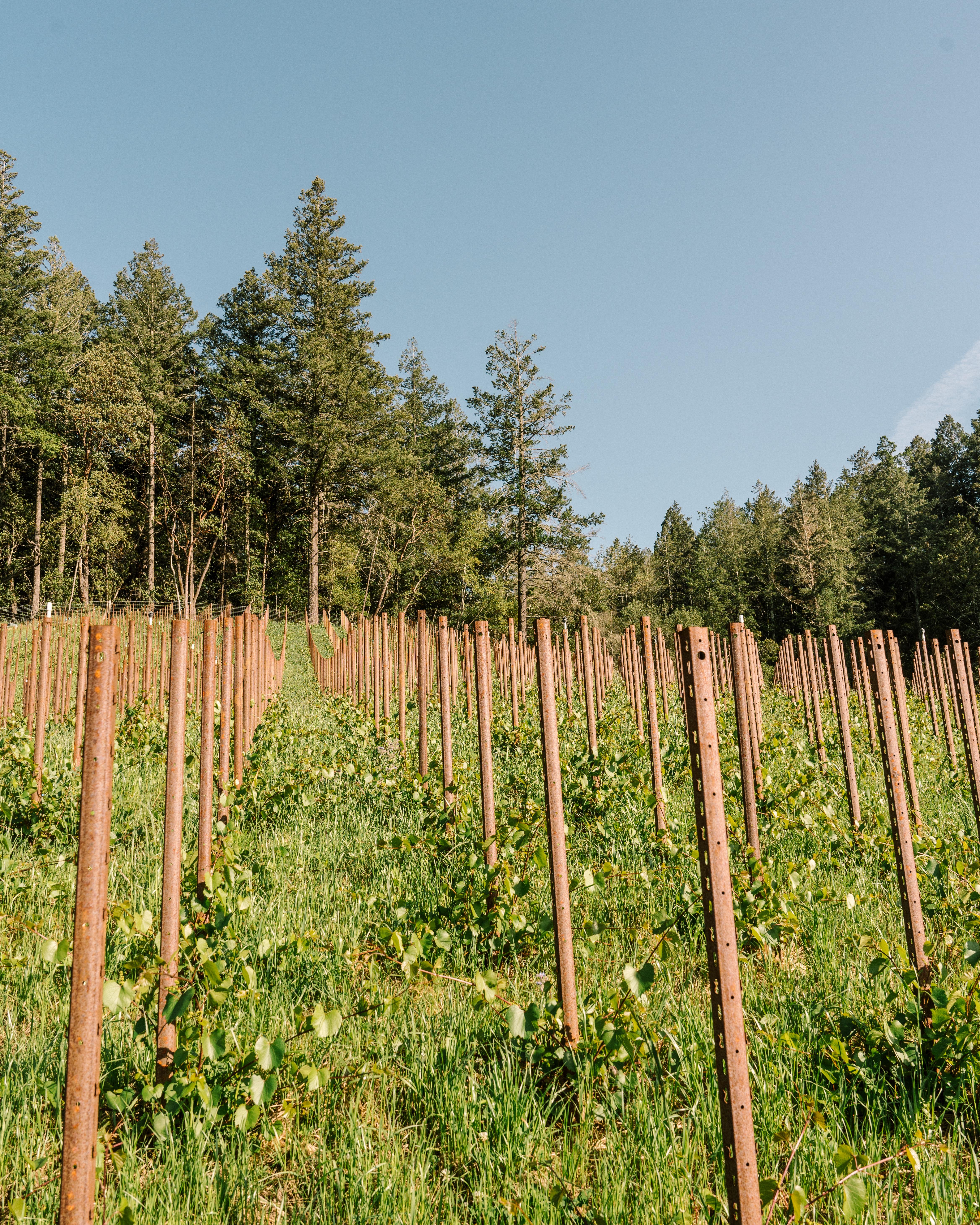

Why is patience essential in vine development, and how does time shape the character of both the vineyard and the wine it produces?
Mary: Growing vines is humbling. You learn to be patient, to evolve slowly, and to make small, thoughtful changes, because even the smallest shift can affect the outcome. Time allows the vine to root deeply, to internalize its place, and to express itself more fully. When it’s ready, the wine reflects that depth and clarity.
What are young vines' most significant challenges in their early years, and how do they adapt to survive the elements?
Mary: Young vines are still getting to know their surroundings. They lack the memory and resilience of older vines, forcing them to adapt quickly to wind, drought, and rocky soils. But as their roots deepen, they build a memory bank of sorts, and their responses become more confident and balanced.
What lessons can we take from the endurance and adaptability of young vines in the face of changing seasons and climate?
Mary: They teach us patience, flexibility, and humility. Young vines show us how to respond rather than react, how to find equilibrium in the face of change, and how to trust the process, even when we don’t yet see the outcome.
How does hydration in the early stages influence the vine’s ability to withstand droughts and other environmental stresses later on?
Mary: Hydration at the time of planting is crucial. It helps the roots reach deeper and eliminates air pockets in the soil, giving the vine a strong foundation. That early support sets the stage for how well it will handle scarcity and stress later in life.
In what ways do the roots of a vine shape its identity, and how does their unseen depth contribute to the ultimate mystery of winemaking?
Mary: The root system is the vine’s foundation, its sensory network, memory, and anchor. So much of its identity comes from what we can’t see, how it connects to the soil, absorbs nutrients, and interprets the environment. That unseen complexity is part of what makes wine so mysterious and beautiful. Even when we don’t fully understand what’s happening underground, we can taste its impact in the wine.


